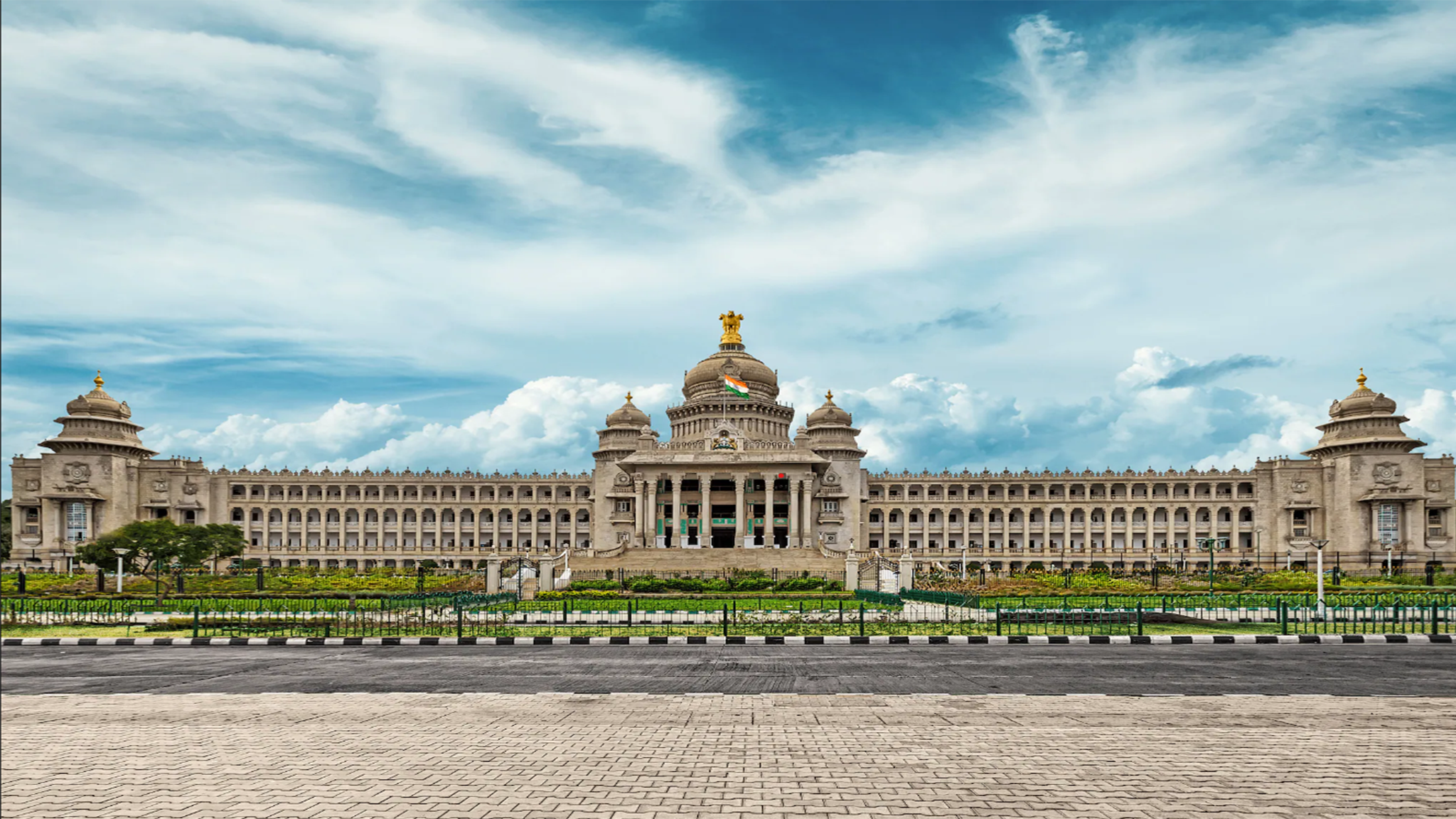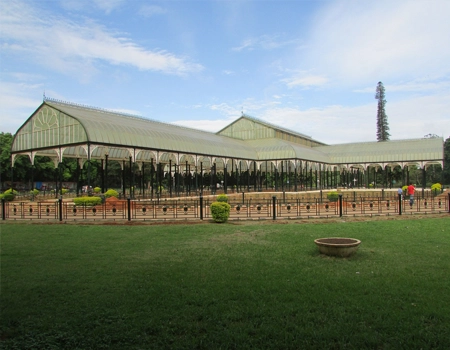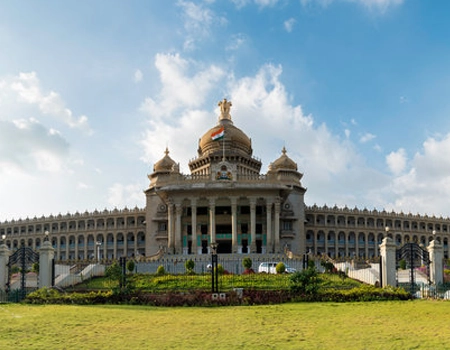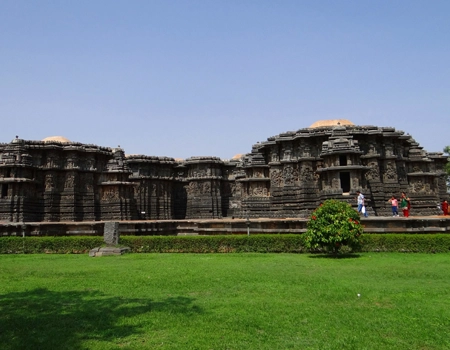
About
Bangalore, India
A vibrant, multicultural city that serves as the nation's leading industrial and commercial hub is 1000 meters above sea level. Bangalore, once a peaceful retirement community with lovely gardens, sidewalks, cafes, and a colonial vibe, is now bustling with multispecialty hospitals, young techies, the latest automobiles, etc.
Early in the 16th century, Kempe Gowda founded the city. Under Hyder Ali and Tipu Sultan, it developed into a significant fortress city two centuries later. Bangalore's healthcare facility has seen tremendous growth over the years.

Access via air
The Bangalore International Airport, also known as "Kempegowda International Airport," is located just 37 km from the city centre. This airport has two terminals and is busy, with over 600 to 700 domestic and international flights landing daily. The airport is a significant hub for travel and feeder routes in the South Zone. There are flights from Bangalore airport to Trivandrum, Mumbai, Cochin, Chennai, and New Delhi, among other destinations in India.

Access via road
Bangalore is connected to the major Indian cities by the National Highway. The National Highway connecting Bangalore is superbly constructed with long driving in mind, with motels placed along the way as the highway was upgraded.

Access by rail
Bangalore is regularly connected by train to all of India's major cities, including New Delhi in north India, Mumbai in the west, Cochin in the south, Kolkatta in the east, etc.

Climate
With varying distinct wet and dry seasons, Bangalore has a tropical savanna climate. Bangalore typically has milder weather year-round due to its high elevation, though summer can occasionally be uncomfortable due to sporadic heat waves.
The average annual temperature is 22.9 °C | 73.1 °F.
Places to visit in and around Bangalore
Lal Bagh
Hyder Ali and Tipu Sultan, Hyder Ali's son, designed Lal Bagh in the 18th century. The 240-acre park has many different kinds of plants and trees, a deer park, and one of the nation's largest collections of rare tropical and sub-tropical plants.


Vidhana Soudha
One of India's most magnificent architectural works is the Vidhana Soudha. It is a granite building constructed in the neo-Dravidian architectural style and is situated at the northwestern corner of Cubbon Park.
Belur and Halebidu
One of the earliest Hoysala period masterpieces is the chennakeshava temple in Belur. The temple is made entirely of grey-green chloride and has a sanctuary, three minor shrines, and a columned mandapa that is partially open for a porch. Angled brackets with maiden carvings on them support the overhanging eave beneath it. The best Hoysala artwork is found in these bracket figures.

